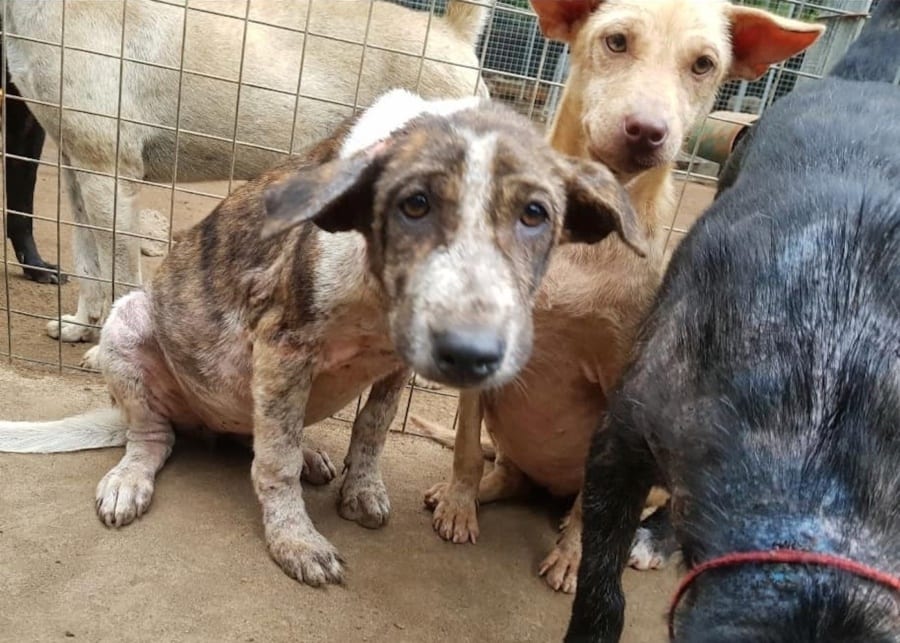
With news circulating worldwide about the Bali floods and more heavy rainfall, here's what's really happening in Bali right now.
If you’ve seen the headlines this week, you’ll know Bali’s had a tough run. We had even more heavy rains that have caused flash floods, traffic chaos in tourist hubs, and fresh questions around safety for travellers. In 2025 alone, we’ve had boat disasters, protests across Indonesia, and now bad weather warnings, so it’s no wonder people are asking: is Bali still safe to visit right now?
The short answer: yes, it’s still safe to travel to Bali, but staying informed is key.
So, here’s what’s actually happening on the ground, and how to navigate it if you’re travelling to Bali soon.
What’s going on in Bali right now

Flash flooding and weather disruptions
December 2025 marked a second wave of floods in Bali. The first was back in September 2025, when a night of torrential rain led to flash floods in busy areas like Denpasar, Kerobokan, Kuta and Canggu. Roads were blocked, houses were swept away, and hundreds of families have been displaced. Now in December, we’ve had more flooding and more heavy rainfall, but most floods have already dried up. Though this second wave was much less severe, one foreign tourist tragically lost their life, and many houses were damaged.
Travel delays to Ngurah Rai International Airport
Ngurah Rai International Airport is open and flights are operating as normal, but the journey there might take longer than usual. Sunset Road (one of the main roads connecting Canggu and Seminyak to the airport) has been completely flooded during heavy rains. While most roads are cleared relatively quickly, it’s always recommended to leave earlier than planned to account for any unexpected delays.
Boat travel incidents
Some popular tourist boats to Nusa Penida, Lembongan, the Gilis and Lombok were back in the headlines in 2o25. There were a number of Bali boat accidents, tied to overcrowding, bad weather and rough seas. The key takeaway? Stick to reputable operators throughout the rainy season, and avoid travelling in stormy conditions.
So, why did Bali flood during rainy season?
Here’s the frustrating truth: Bali’s floods aren’t just about the rain. There are compounding issues that contribute to floods in Bali, including:
- Sand and stone mining: Riverbeds have been dug up to feed the island’s construction boom, leaving waterways unstable and prone to overflow.
- Concrete everywhere: Once-absorbent rice fields and forests have been replaced with villas, shops and asphalt. Instead of soaking in, rainwater now rushes across concrete at speed.
- Blocked waterways: Too many drains and flood channels have been built over or paved across. With nowhere for water to go, streets become instant rivers.
- Trash clogging drains: Poor waste management means rivers and sewers are choked with rubbish, stopping water from flowing freely.
- Climate change: Rain is falling harder and faster than before, even in what’s supposed to be dry season. Short, extreme bursts overwhelm the system.
- Lack of infrastructure: At the end of the day, it’s a government and planning problem. The island’s growth hasn’t been matched with proper infrastructure, and Bali is paying the price.
So, is Bali safe to visit right now?
For the most part: yes. Tourists are still arriving, resorts are open, and the majority of trips are going ahead without issue. But “safe” doesn’t mean “smooth”. Heavy rain can disrupt transfers, tours, and boats. If you’re planning to visit during the rainy season, flexibility is key. Keep your itinerary light, stay weather-aware, and be prepared for delays.
Travel tips if you’re heading to Bali
- Check the forecasts daily: Apps like Windy and BMKG updates give accurate info on rain, swell and storms.
- Leave early for the airport: Road access may be restricted or slow. Better to wait at the terminal than miss your flight.
- Pick reputable operators: Whether for tours, drivers, or boats, skip the cheapest option and prioritise safety.
- Keep plans flexible: Bali’s weather can change fast. Have a backup in case the rain hits (cafe, spa or indoor activities).
How you can help while travelling in Bali

- Support local charities: Community groups, food kitchens, and animal shelters are supporting those affected by the floods. Even a small contribution goes a long way. Here’s a shortlist of organisations working on the ground:
– Mission Pawsible and BAWA: They rescue animals year round, even in flood zones.
– Scholars of Sustenance and Feed Bali: They deliver food packages to flood victims.
– Ragam Foundation and Bali Life Foundation: They raise funds and deliver donations as well as daily essentials to those in need.
– Sungai Watch: They’re working tirelessly to clean up debris from Bali’s clogged waterways.
- Donate essential items: Many families lost their homes and are in need of basics like clothes, towels, dry goods, sanitary items, medicine and diapers. You can pack extras to donate, or shop locally once you arrive.
- Support small businesses: Keep eating, shopping and booking with local operators. They’re the backbone of Bali’s economy, so skip the Aussie cafe or Mediterranean villa and choose a locally-owned and operated business instead.
- Be mindful in flood-hit areas: Don’t block roads, litter, or ignore local guidance. Respect goes a long way.
- Check in with people around you: Ask your staff, neighbours, guides and friends if they’re okay. Even better, offer to help in any way you can.
So, should you still travel to Bali?
Yes. Bali hasn’t shut down, and you’ll still find the beaches, rice paddies, and cafes that most travellers come here for. But come with eyes open. Check the weather, allow extra time for transfers, and keep your plans flexible.
Looking for more ways to help? Check out these local charities in Bali to give back to this Christmas.
